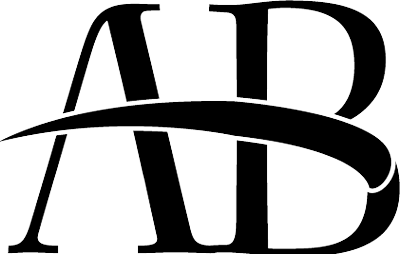Eyelid retraction is a condition that occurs when the lower eyelid descends from its normal position, exposing the lower sclera (white part of the eye). This can be a result of aging, or it can be a complication of cosmetic or reconstructive lower eyelid surgery. Dr. Braunstein offers personalized eyelid retraction and reversional surgery to restore optimal eye health.
Correct Upper Or Lower Eyelid Retraction
Eyelid retraction refers to a condition where the upper or lower eyelid is positioned higher or lower than its normal position. Upper eyelid retraction occurs when the upper eyelid is elevated above the normal position, and lower eyelid retraction is characterized by a descent of the lower eyelid below its normal position. Both situations expose the sclera and may lead to dryness, irritation, excess tearing, eye redness, discomfort, and blurry vision.

Symptoms Of Eyelid Retraction:
- Dryness, irritation, and excessive tearing of the eye
- Redness and discomfort in the eye
- Blurry vision
- Exposure of the white part of the eye (sclera)
- Eyestrain and fatigue
- Difficulty wearing contact lenses
- Increased sensitivity to light
- Difficulty closing the eye completely
- Increased risk of corneal irritation or infection
Potential Causes Of Eyelid Retraction:
- Aging
- Thyroid eye disease
- Previous eye surgery
- Congenital (birth) condition
- Tumors or growths in the eye area
- Certain medications or medical conditions, such as Bell’s Palsy or Myasthenia Gravis
- Scarring from injury or previous surgery
- Neurological conditions such as Horner’s syndrome
- Inflammation or infection in the eye area

The Procedure Details
The correction of eyelid retraction is a delicate procedure that aims to restore the normal position of the eyelid. The specific approach for each patient depends on the underlying cause and location of their retraction. If the eyelid retraction is caused by aging or tissue loss, a skin or tissue graft may be necessary to add volume and support to the eyelid. The graft is typically taken from the patient’s own skin or from a tissue donor.
For upper eyelid retraction, the procedure involves lowering the eyelid to its normal position by repositioning the eyelid muscles or removing a portion of the eyelid muscle causing the retraction. This is typically performed through an incision in the eyelid crease. For lower eyelid retraction, the procedure involves raising the eyelid to its normal position by repositioning the eyelid muscles or adding a small tissue graft. The incision is on the inside of the lower eyelid.
Revision Surgery
Revision eyelid surgery is more complex than the original surgery, often necessary when the initial procedure does not produce the desired results. Scarring and distorted anatomy caused by the previous surgery can make the revision procedure less predictable and more challenging. That’s why it’s crucial to seek a highly skilled and experienced surgeon specializing in revision eyelid surgery, such as Dr. Braunstein.
Recovery & Aftercare
The recovery process after eyelid retraction surgery is typically straightforward, with patients experiencing mild swelling, bruising, and discomfort for several days after the procedure. To minimize these symptoms and support the healing process, please follow Dr. Braunstein’s aftercare instructions. You must keep your head elevated, apply cold compresses to reduce swelling, and avoid physical activity and heavy lifting for a few weeks. You must also follow a regular regimen of eye drops or ointments.

Schedule Your Consultation With Dr. Braunstein
With extensive training and experience in the correction of eyelid retraction, Dr. Braunstein can evaluate your specific needs and recommend appropriate treatment options to achieve your desired results. Her personalized approach to patient care and commitment to achieving optimal outcomes make her a trusted and sought-after specialist in oculofacial plastic surgery. Don’t let eyelid retraction negatively impact your vision or self-confidence — schedule your consultation with Dr. Braunstein today.

